This article was medically reviewed by Erik Kramer, DO, MPH and by wikiHow staff writer, Jessica Gibson. Dr. Erik Kramer is a Board-Certified Primary Care Physician at the University of Colorado. With over 15 years of experience, his clinical interests include obesity and weight management, diabetes care, and preventive care, as well as embracing a holistic approach to primary care. He received his Doctorate in Osteopathic Medicine (D.O.) from the Touro University Nevada College of Osteopathic Medicine and completed his residency at Central Maine Medical Center. Dr. Kramer is a Diplomate of the American Board of Obesity Medicine.
There are 17 references cited in this article, which can be found at the bottom of the page.
This article has been viewed 69,426 times.
You might want to think of your kidneys as the filters of your body. In addition to other important functions, your kidneys and nephrons (the smaller filtering units) remove waste from your blood and maintain minerals like electrolytes. Imbalances in the filtering process can cause protein, waste, or extra minerals to pass into your urine. When this happens, several kidney problems can arise like kidney stones, kidney infection, or chronic kidney disease.[1] Sometimes, in the early stages of kidney disease, a patient can be completely asymptomatic.
Steps
Identifying Kidney Stones
-
1Recognize what kidney stones (nephrolithiasis) are. Kidney stones are small bits of calcified minerals and salts that form in your kidneys. Some kidney stones stay in your kidney, and some detach and pass in your urine. While passing the stones can be painful, they usually don't cause lasting damage.[2]
- You might pass small stones without realizing it. Or, you may have difficulty passing larger ones.
-
2Watch for symptoms of kidney stones. You'll probably feel severe pain in your sides and back, below your ribs, and near your groin and lower abdomen. Since kidney stones are moving, the pain can come in waves and vary in intensity. You may have some of these symptoms as well:[3]
- Pain when urinating
- Pink, red or brown urine that's cloudy or smelly
- Nausea and vomiting
- Constant urge to urinate and urinating more frequently (although small amounts)
- Fever and chills (if you also have an infection)
- Struggling to find a comfortable position (i.e. sitting, then standing, then lying down)
Advertisement -
3Consider your risk factors. Men are more likely than women to develop kidney stones and non-Hispanic white people tend to develop kidney stones more frequently. Being overweight, obese, dehydrated, or eating a diet high in sugar, sodium, and protein can also increase your risk.[4]
- You're more likely to develop kidney stones if you've already had them or someone in your family has had them.
-
4Get a medical diagnosis. Your doctor will perform a physical and test your blood and urine. The doctor is checking for calcium, uric acid, or minerals that could cause stones to form. You may also get imaging done (like x-rays, CT scans, or ultrasounds). This way, the doctor can visualize if there are kidney stones.[5]
- Your doctor may want you to collect the kidney stone after you pass it. This way, the stone can be analyzed and the doctor can determine what's causing your kidney stones, especially if you frequently pass them.
-
5Follow treatment recommendations. If you have small stones, you should be able to pass them at home by drinking plenty of water, taking over-the-counter pain medications, and possibly by taking prescription medication to help muscles in your urinary tract relax.
Identifying Kidney Infection
-
1Understand what a kidney infection (pyelonephritis) is. Bacteria can enter your urinary tract and grow, eventually impacting your kidney function. Or more rarely, if the bacteria travels through your bloodstream, it can move to your kidneys. One or both of your kidneys can become infected.[8]
- Your urinary tract is made up of your kidneys, bladder, ureters (ducts that connect the kidneys to the bladder), and the urethra.
-
2Look for symptoms of kidney infection. Your first indication of a problem might be difficulty urinating. You might find yourself running to the bathroom, only to feel pain when urinating and an immediate urge to urinate even though you just did. Other symptoms of an infection include:[9]
- Fever
- Vomiting or nausea
- Chills
- Back, side, or groin pain
- Abdominal pain
- Frequent urination
- Pus or blood in your urine (hematuria)
- Cloudy or smelly urine
- Delirium, or other uncommon symptoms, especially in the elderly
-
3Think about your risk factors. Since women's urethras (the ducts that carry urine out of the body) are shorter, bacteria can travel easier causing infection. In addition to being a woman, other factors that increase your risk for infection include:[10]
- A weakened immune system
- Nerve damage near the bladder
- Something blocking your urinary tract (like a kidney stone or enlarged prostate)
- Long-term urinary catheters
- Urine that flows back into the kidneys
-
4Know when to get medical attention. If you have any symptoms of a kidney infection, you should contact your doctor. Since the condition requires medical treatment, it's best to get an immediate diagnosis. Your doctor will test your urine and may do an ultrasound to check for damage of the kidneys.[11]
- The doctor may want to test your blood for bacteria and might look for blood in your urine sample.
-
5Follow your doctor's treatment recommendation. Since kidney infection is caused by bacteria, you'll probably be prescribed a course of antibiotics. You'll generally need to take these for about a week. In severe cases, you may be hospitalized while you get antibiotics.[12]
- Always complete the course of antibiotics even if you begin to feel better. Stopping before you're done can cause the bacteria to return and resist the medication.
Identifying Chronic Kidney Disease
-
1Understand chronic kidney disease (CKD). Your kidneys may suddenly become diseased or can become diseased because another condition causes damage. For example, high blood pressure and diabetes can damage your kidneys. If the damage is severe enough, you may develop chronic kidney failure. This usually takes place over the course of several months or years.[13]
- You might develop primary kidney disease if the nephrons in your kidneys lose their ability to filter blood. Other kidney problems (like kidney stones, infection, or trauma) can damage the nephrons.
-
2Recognize symptoms of chronic kidney disease. Since chronic kidney disease takes time to develop, you may not notice symptoms until you already have advanced kidney disease. Watch for these symptoms of chronic kidney disease:[14]
- Increased or decreased frequency of urination
- Fatigue
- Nausea
- Itching and dry skin anywhere on the body
- Obvious blood in the urine or dark, foamy urine
- Muscle cramps and muscle twitches
- Puffiness or swelling around the eyes, feet, and/or ankles
- Confusion
- Difficulty breathing, concentrating, or sleeping
- Decreased appetite
- Weakness
-
3Consider your risk factors. If you have a history of high blood pressure, diabetes, or heart disease, you may have a higher risk of developing chronic kidney disease. African Americans, Hispanics, and Native Americans also have a higher risk of kidney disease. Since some kidney diseases also have a genetic component, a family history of kidney disease can mean that you're also at a higher risk.[15] Also, talk to your doctor about all the medications you're taking, as some can adversely affect the kidneys, especially with prolonged use.
- If you're over 60 years old, you also have an increased risk of kidney disease.[16]
-
4Know when to get medical attention. It's easy to assume that other conditions could be causing your symptoms, so if you're experiencing any symptoms you should get a medical examination to determine the exact cause. Yearly physicals are important for catching kidney disease (even before symptoms present themselves).[17]
- It's also a good idea to talk with your doctor about your family history and any concerns you have about your kidney function.
-
5Get a diagnosis of chronic kidney disease. Your doctor will do a physical exam and order blood, urine, and imaging tests. The imaging tests can show your doctor if there are any kidney abnormalities. The blood and urine tests may reveal if your kidneys are having trouble filtering waste, protein, or nitrogen from your blood.[18]
- Your doctor may also test how well the nephrons in your kidneys are working by checking the Glomerular Filtration Rate or GFR.
- Your doctor also might order a biopsy of the kidneys to determine the cause or the extent of kidney disease.
-
6Follow your doctor's treatment plan. Once your doctor has determined the cause of your kidney disease, you'll be treated for the other condition. For example, if a bacterial infection is causing your symptoms, you'll get antibiotics. But, since kidney disease is chronic, your doctor may only be able to treat complications. In severe cases like kidney failure, kidney dialysis or transplants are options.[19]
- To treat complications of CKD, you may be prescribed medications to treat high blood pressure, treat anemia, lower your cholesterol, relieve swelling, and protect your bones.
- Your doctor might also order you to avoid certain medications, such as ibuprofen, naproxen, or other NSAIDs.
References
- ↑ https://www.kidney.org/kidneydisease/howkidneyswrk
- ↑ https://my.clevelandclinic.org/health/diseases/15604-kidney-stones
- ↑ https://www.ncbi.nlm.nih.gov/books/NBK559227/
- ↑ https://www.ncbi.nlm.nih.gov/books/NBK559227/
- ↑ https://www.niddk.nih.gov/health-information/urologic-diseases/kidney-stones/diagnosis
- ↑ https://www.kidney.org/atoz/content/kidneystones_shockwave
- ↑ https://www.niddk.nih.gov/health-information/urologic-diseases/kidney-stones/treatment
- ↑ https://www.niddk.nih.gov/health-information/urologic-diseases/kidney-infection-pyelonephritis/definition-facts
- ↑ https://www.kidneyfund.org/all-about-kidneys/other-kidney-problems/kidney-infection
- ↑ https://www.kidneyfund.org/all-about-kidneys/other-kidney-problems/kidney-infection
- ↑ https://my.clevelandclinic.org/health/diseases/15456-kidney-infection-pyelonephritis
- ↑ https://www.nhs.uk/conditions/kidney-infection/treatment/
- ↑ https://www.niddk.nih.gov/health-information/kidney-disease/chronic-kidney-disease-ckd/what-is-chronic-kidney-disease
- ↑ https://www.nhs.uk/conditions/kidney-disease/symptoms/
- ↑ http://www.kidneyfund.org/prevention/are-you-at-risk/
- ↑ https://www.kidney.org/news/monthly/wkd_aging
- ↑ https://health.clevelandclinic.org/5-kidney-failure-symptoms-to-see-your-doctor-about/
- ↑ https://www.niddk.nih.gov/health-information/kidney-disease/chronic-kidney-disease-ckd/tests-diagnosis
- ↑ https://www.nhs.uk/conditions/kidney-disease/treatment/
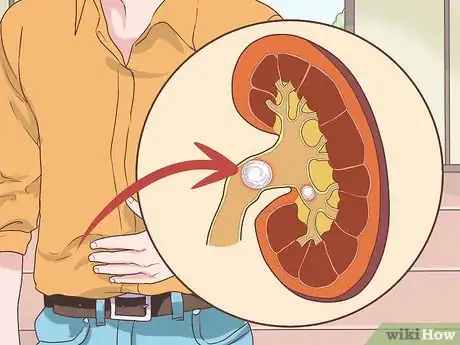
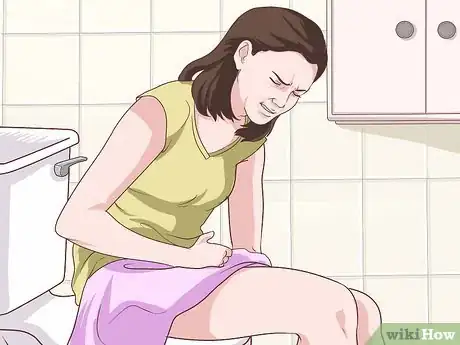

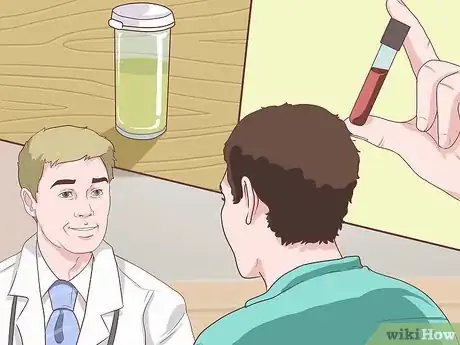

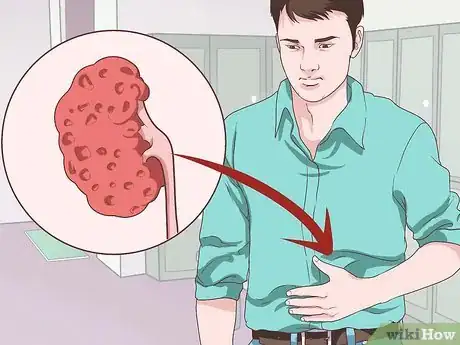


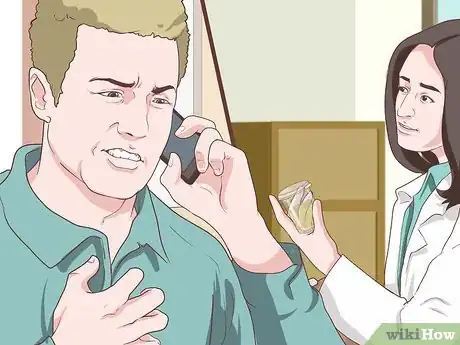
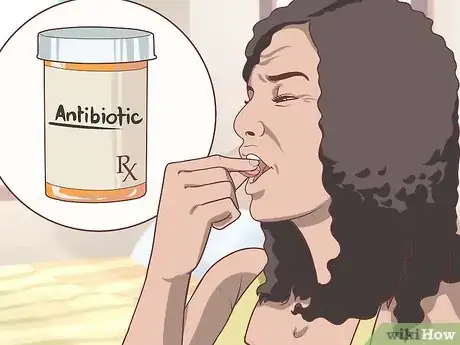


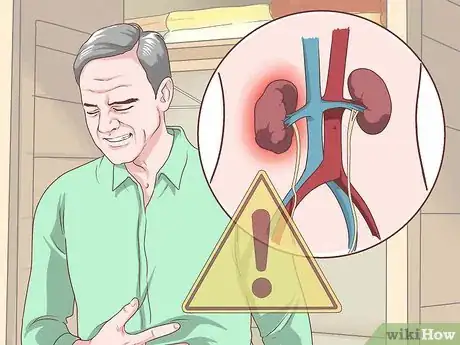

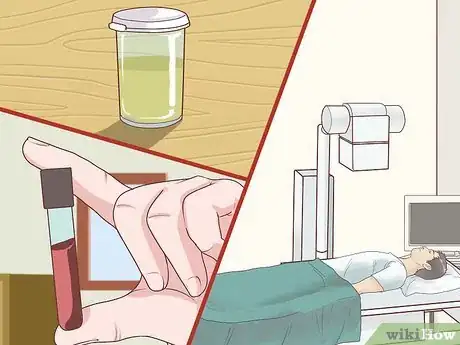
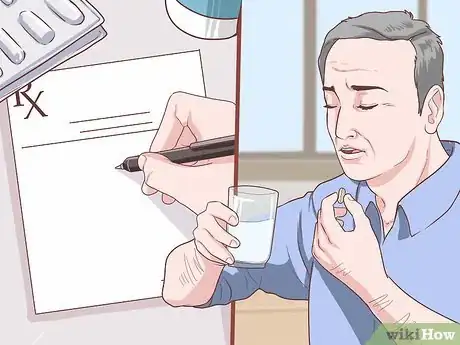
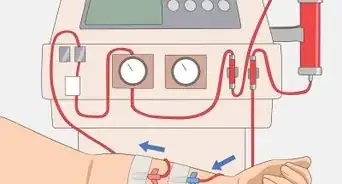

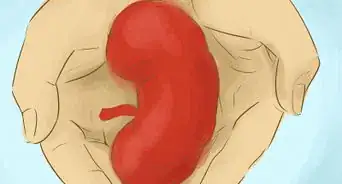


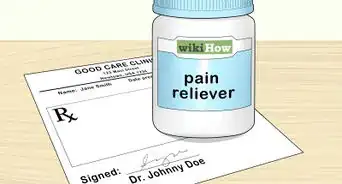
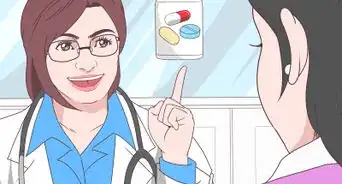



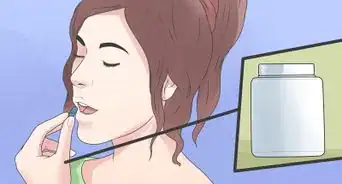













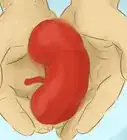




































Medical Disclaimer
The content of this article is not intended to be a substitute for professional medical advice, examination, diagnosis, or treatment. You should always contact your doctor or other qualified healthcare professional before starting, changing, or stopping any kind of health treatment.
Read More...